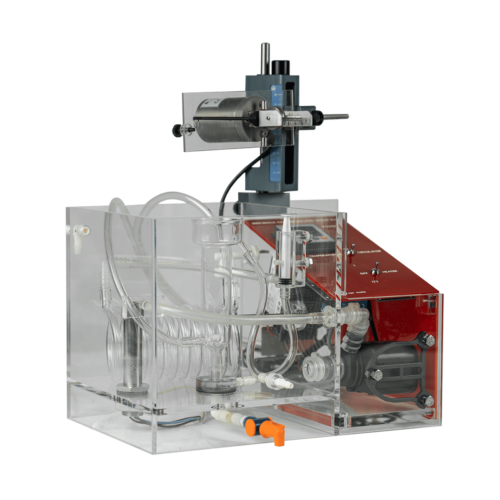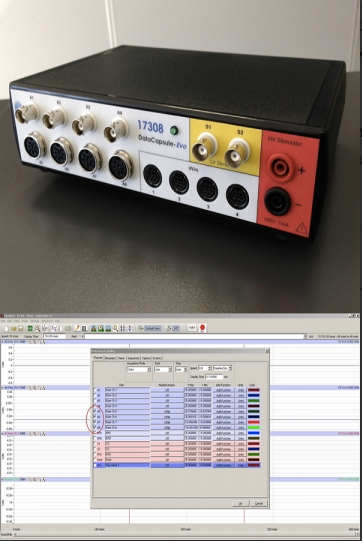Description
Le fabricant de lésions Ugo Basile a été conçu pour la production de lésions électrolytiques localisées chez les petits animaux où la DC est préférée à la RF, pour produire la lésion.
Il dispose d’une alimentation régulée combinée à un générateur de courant continu constant qui fonctionne en mode continu ou temporisé.
Le générateur de courant est protégé contre les courts-circuits, ce qui empêche l’électronique d’être endommagée en raison des électrodes entrant accidentellement en contact les unes avec les autres.
Un accent particulier a été mis sur la conception d’un bon circuit de sortie / isolation de masse.
Cette caractéristique, en plus d’améliorer le fonctionnement sûr, minimise les lignes de champ de courant parasites à travers le tissu, en dehors du modèle que l’opérateur a prédéfini.









